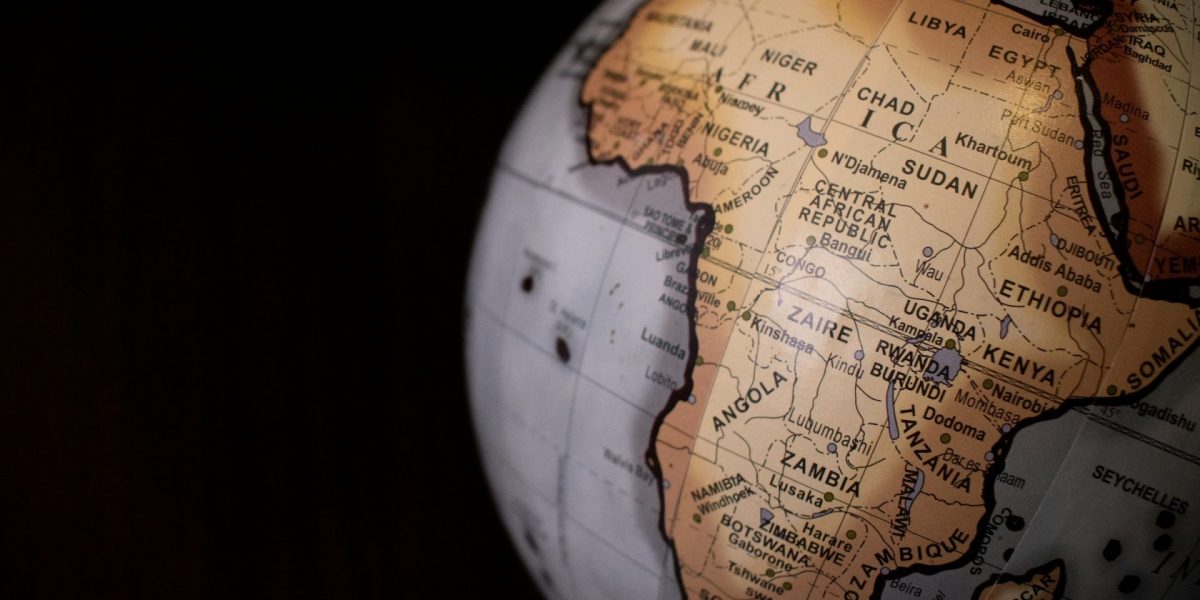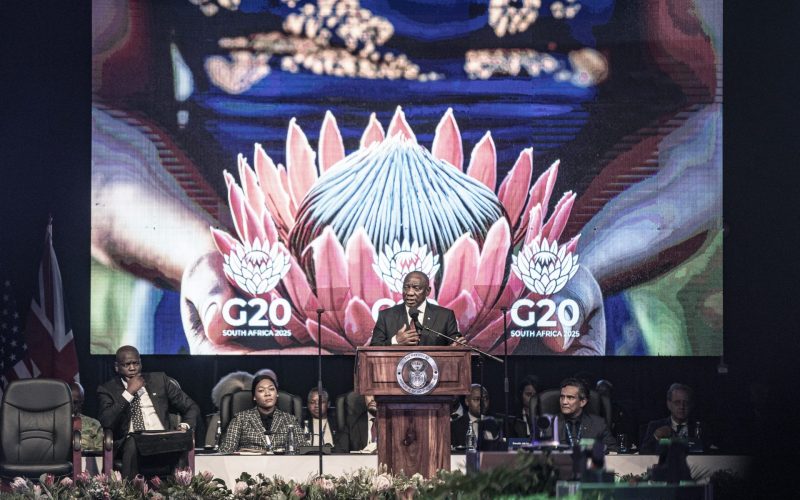Introduction
Many African countries are experiencing a deepening financial crisis. Their access to external finance is becoming more uncertain at the same time that their debt, climate and development financing needs are becoming more urgent. South Africa can help address this crisis by promoting a holistic approach to Africa’s debt crisis during its G20 presidency in 2025. This policy note, after providing a brief overview of the financing challenge, explains how this can be done. While this note focuses on Africa, its recommendations will also benefit other countries in the Global South, many of which are facing similar financial challenges.
The financing challenge
The policy space available to African countries is significantly constrained by their debt servicing obligations and their climate and development financing needs. For example, the total external debt stock of sub-Saharan Africa grew from $425.8 billion in 2012 to $815.7 billion in 2021.1World Bank, “International Debt Statistics 2023”, accessed December 2, 2024,https://datatopics.worldbank.org/debt/ids/regionanalytical/SSA. Approximately $1 460 billion of the 2021 total was owed to bondholders and about $60 billion to commercial banks. Multilateral institutions were owed about $150 billion. The total public debt of African countries in 2022 was $1.8 trillion, an increase of 183% since 2010, which suggests a growth rate approximately four times faster than the growth in GDP in dollar terms over the same period.2UN Conference on Trade and Development, “A World of Debt: Regional Stories – Africa (2023)”,”,accessed December 2, 2024, https://unctad.org/publication/world-of-debt/regional-stories#section1. As a share of exports, Africa’s external debt grew from 74.5% in 2010 to 140% in 2022.3UNCTAD, “A World of Debt”. Servicing these debts is taking a heavy toll on African countries, with 23 spending more on debt service than on health or education.4UNCTAD, A World of Debt Report 2024: A Growing Burden on Global Prosperity
Africa also needs $1.3 trillion per year to meet the Sustainable Development Goals (SDGs)5UN Development Programme et al., Africa Sustainable Development Report: Reinforcing the 2030 Agenda and Agenda 2063 and Eradicating Poverty in Times of Multiple Crises – The Effective Delivery of Sustainable, Resilient and Innovative Solutions, Executive Summary (UNDP, 2024). and another $1.3–1.6 trillion each year until 2030 to deal with the impacts of climate change on the continent.6Carlos Lopes, “African Countries Shouldn’t Have to Borrow Money to Fix Climate Damage They Never Caused – Economist”, The Conversation Africa, November 5, 2024. These numbers suggest that there are two aspects to the debt challenge facing African countries. The first relates to how African countries can raise the funds to meet their debt obligations without undermining their ability to fund their environmental and social responsibilities. The second relates to making negotiations between African sovereign debtors and their creditors sufficiently holistic that they incorporate both the debtor’s obligations to its creditors and its environmental and social commitments to its citizens.








